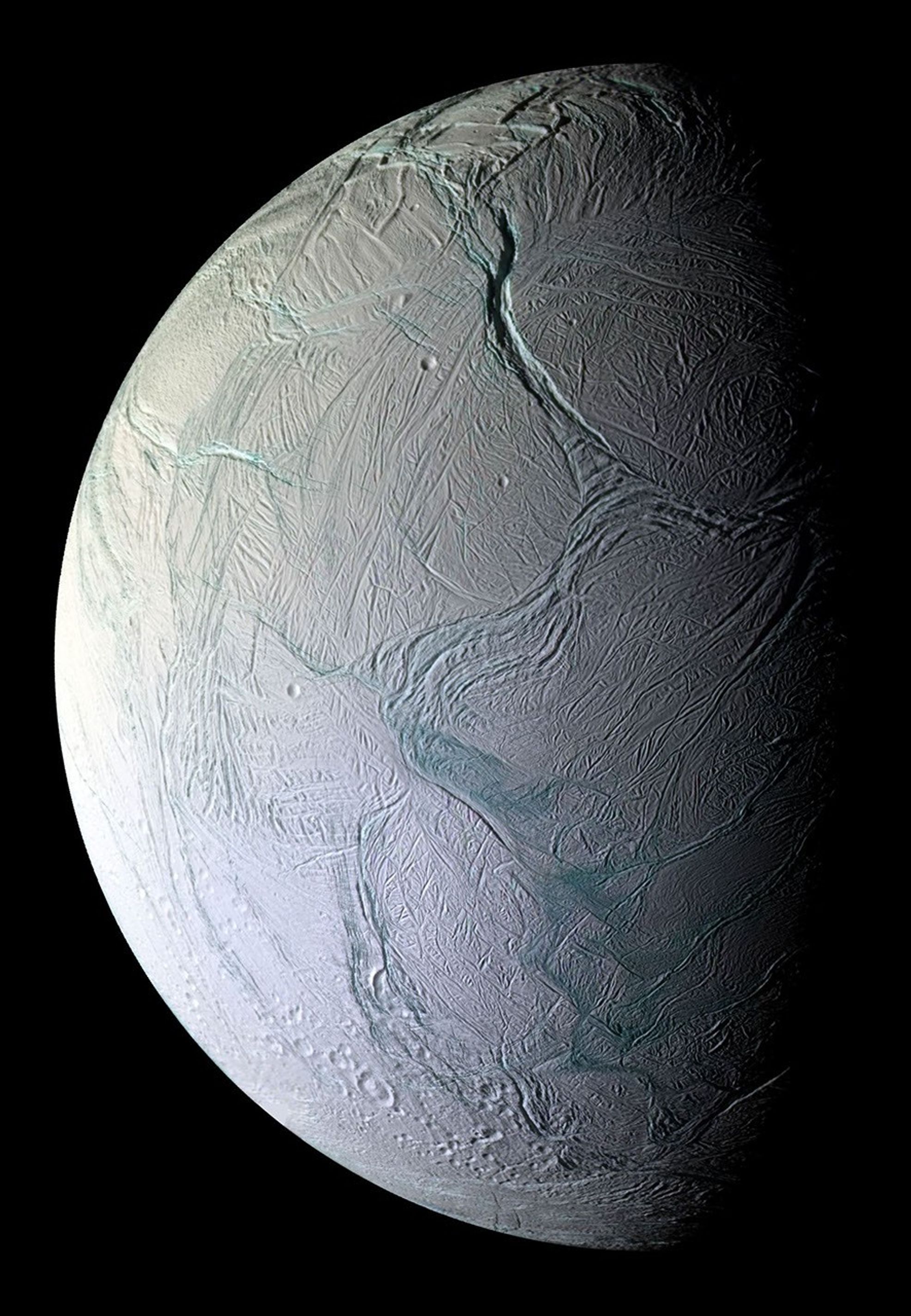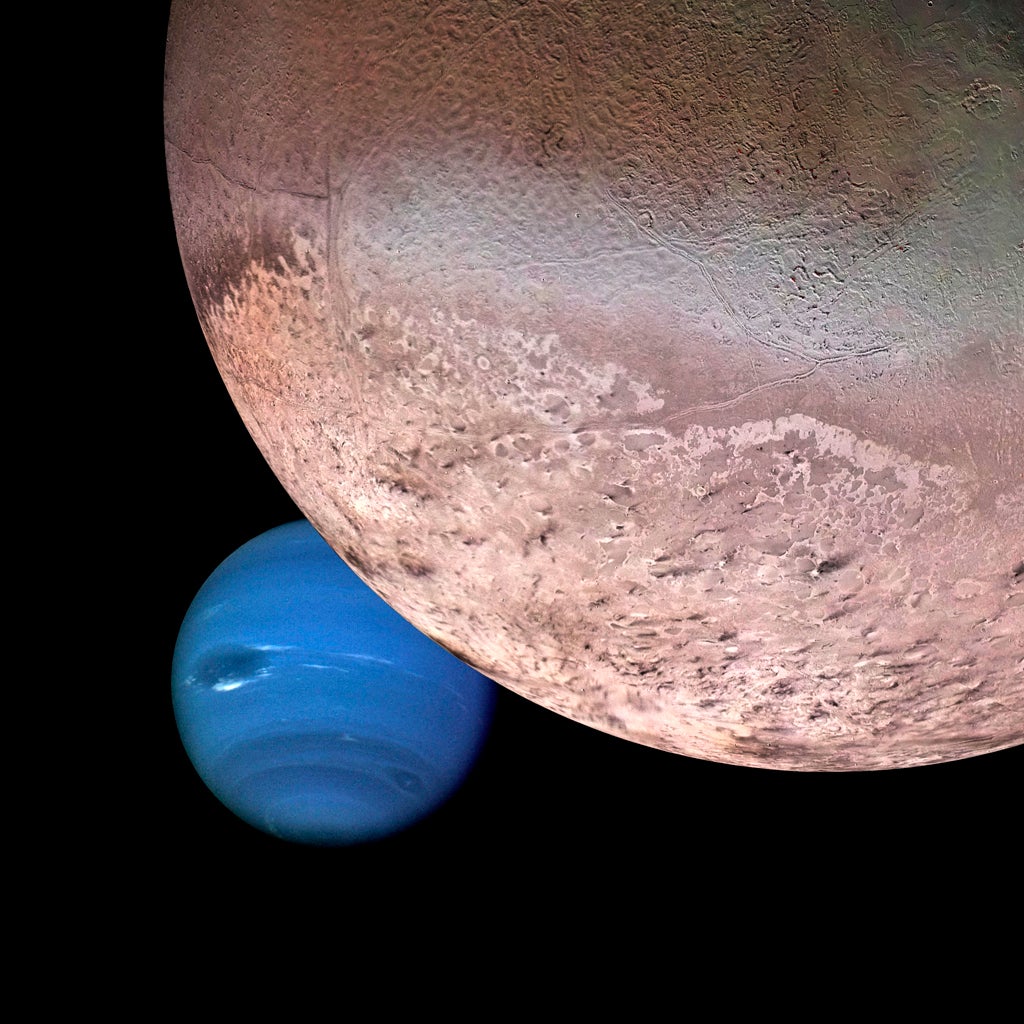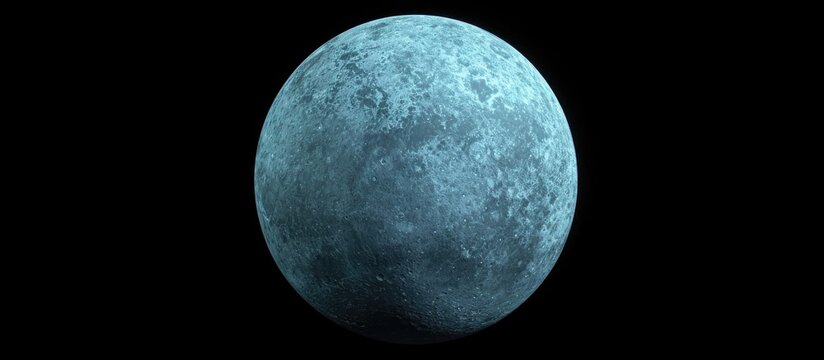Earth: The Blue Marble of Life and Mystery
Explore Earth, the Blue Marble—a planet of breathtaking beauty, endless mysteries, and the perfect balance of life. From vast oceans to towering mountains, uncover the wonders that make our world extraordinary.

A Sphere of Vibrant Colors
Earth is a stunning sphere adorned with a mesmerizing blend of blue, green, white, and brown. Unlike any other planet in our solar system, its colors represent vast oceans, lush forests, swirling clouds, and rugged mountains. From space, Earth appears as a delicate, glowing orb, its blue hues reflecting its life-giving water. This visual spectacle is unique, setting Earth apart as a rare gem among celestial bodies.
A Dynamic Planet with Ever-Changing Features
Unlike the lifeless surfaces of Mars or Mercury, Earth's face is in constant motion. Tectonic plates drift across the mantle, causing continents to shift, mountains to rise, and earthquakes to shake the land. Volcanoes, both above and below the ocean, reshape the planet over time, adding new land and even creating islands. This restless movement fuels the cycle of life, making Earth a world of endless transformation.
A Protective Atmosphere Like No Other
Wrapped around Earth is an atmosphere that shields it from the harshness of space. This invisible barrier, made up of nitrogen, oxygen, and trace gases, blocks harmful solar radiation and regulates temperature. Unlike Mars, which has a thin, ineffective atmosphere, or Venus, which has a suffocating toxic one, Earth's air allows life to flourish. The sky, painted in brilliant shades of blue by scattered sunlight, is a canvas that changes with the time of day and the weather.
A Watery World of Unfathomable Depths
Water dominates Earth's surface, covering 71% of the planet. The deep blue oceans hide more mysteries than outer space, with trenches that plunge deeper than Mount Everest is tall. Beneath the waves, countless creatures, some still undiscovered, roam the vast underwater world. Unlike the barren, frozen landscapes of other planets, Earth's water cycles through evaporation, condensation, and precipitation, sustaining all life and shaping landscapes over millions of years.
The Only Known Cradle of Life
Among the countless planets in the universe, Earth is the only one known to support life. The perfect blend of warmth from the Sun, liquid water, and a stable atmosphere creates an environment where millions of species thrive. From microscopic bacteria to massive blue whales, Earth's biodiversity is unparalleled. The delicate balance of ecosystems, from rainforests to deserts, ensures the survival of countless organisms, making Earth a biological wonderland.
A Magnetic Shield Against Cosmic Fury
Deep within Earth’s core lies a spinning ball of molten iron, generating a powerful magnetic field. This invisible force creates the magnetosphere, a shield that deflects solar winds and deadly cosmic radiation. Without it, Earth’s atmosphere could be stripped away, much like Mars'. This protective barrier also gives rise to the breathtaking auroras, swirling green and purple lights that dance across the polar skies, a magical display of Earth's unseen defenses.
The Rhythm of Day and Night
Earth’s rotation on its axis creates the daily cycle of light and darkness, a rhythm that governs life. As the planet spins, the Sun rises and sets, painting the sky in brilliant hues of orange, pink, and purple. The 24-hour cycle influences everything, from human activity to the migration patterns of animals. This consistent motion provides stability, unlike some planets that experience extreme, prolonged days and nights.
A Clockwork Dance Around the Sun
Earth’s orbit is not a perfect circle but an elegant oval, ensuring a balanced distribution of sunlight throughout the year. This steady path around the Sun, combined with Earth’s tilted axis, gives rise to the seasons. Spring’s blossoming flowers, summer’s golden warmth, autumn’s fiery foliage, and winter’s icy embrace are all products of this celestial choreography. This predictable rhythm supports agriculture, influences climate, and adds to Earth’s endless beauty.
A Landscape Etched by Time
Earth’s surface is a masterpiece sculpted by wind, water, and ice over millions of years. Towering cliffs, winding rivers, and deep canyons tell the story of ancient geological processes. The Grand Canyon, carved by the relentless force of the Colorado River, reveals rock layers over a billion years old. Glaciers, slow-moving rivers of ice, carve valleys and shape mountains, leaving behind breathtaking landscapes that document Earth’s long history.
The Air We Breathe and the Cycle of Life
The very air surrounding Earth is a lifeline, allowing plants, animals, and humans to survive. Trees and oceans work as natural filters, absorbing carbon dioxide and releasing oxygen. This cycle of respiration and photosynthesis keeps the planet in balance, ensuring that life continues to flourish. Unlike other planets with toxic atmospheres, Earth’s air is a delicate mix that sustains even the smallest insect to the largest mammal.
A Planet of Fire and Ice
Earth is a world of extreme contrasts. The blazing heat of the Sahara Desert reaches up to 130°F (54°C), while Antarctica’s frozen landscapes plunge to -128°F (-89°C). Volcanic eruptions spew molten rock, reshaping entire regions, while glaciers grind mountains into dust over millennia. These opposing forces create an intricate dance of destruction and renewal, constantly redefining Earth's surface.
A Silent Witness to Cosmic Events
Earth has been bombarded by asteroids, shaped by collisions, and even witnessed the birth and death of stars from afar. The scars of these encounters remain, hidden in craters and geological records. The extinction of the dinosaurs, triggered by a colossal impact, paved the way for mammals and eventually humans to rise. Earth, though fragile in some ways, has endured cosmic chaos for billions of years, standing as a testament to resilience.
The Moon: Earth’s Loyal Companion
Earth’s only natural satellite, the Moon, has a profound effect on the planet. Its gravitational pull creates tides, shaping coastal ecosystems and influencing marine life. The Moon stabilizes Earth’s axis, preventing extreme climate shifts that could make life uninhabitable. Without it, the planet’s balance would be drastically different, making the Moon an essential part of Earth’s harmonious existence.
A Future Shaped by Humanity
Earth is a living planet, but it faces new challenges. Climate change, deforestation, and pollution threaten the delicate balance that has sustained life for eons. While Earth has survived natural disasters, its future now depends on the choices of humans. The beauty and wonder of this planet remain, but only if care is taken to preserve its landscapes, wildlife, and resources for generations to come.
A Home Like No Other
Earth is not just a planet—it is a home, a sanctuary, and a miracle in the vastness of space. Its vibrant colors, dynamic landscapes, and life-sustaining atmosphere make it an extraordinary world. No other known planet offers the perfect conditions for life, making Earth truly unique. As we look to the stars in search of new frontiers, it is essential to remember that the most precious world we will ever know is the one beneath our feet.
What's Your Reaction?








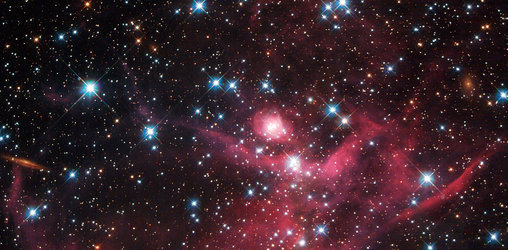


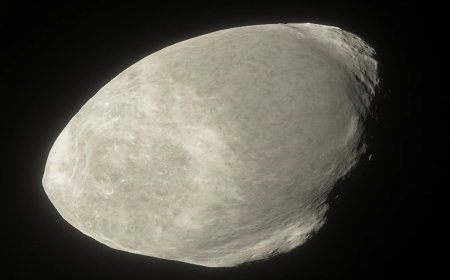
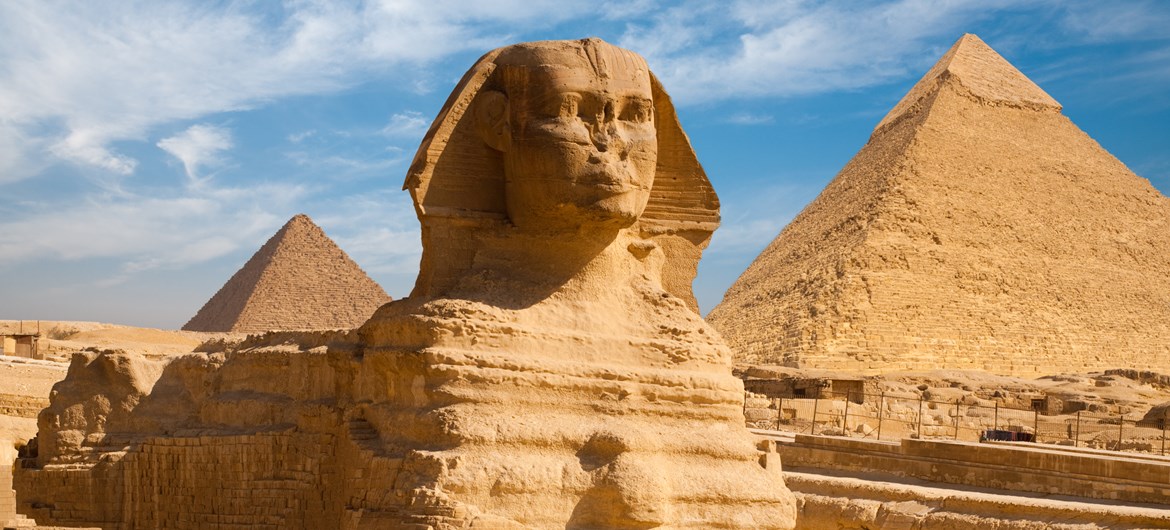
/https://tf-cmsv2-smithsonianmag-media.s3.amazonaws.com/filer_public/54/66/546650fa-26a4-40fd-8d6d-5a7a04540f81/rosetta2.png)

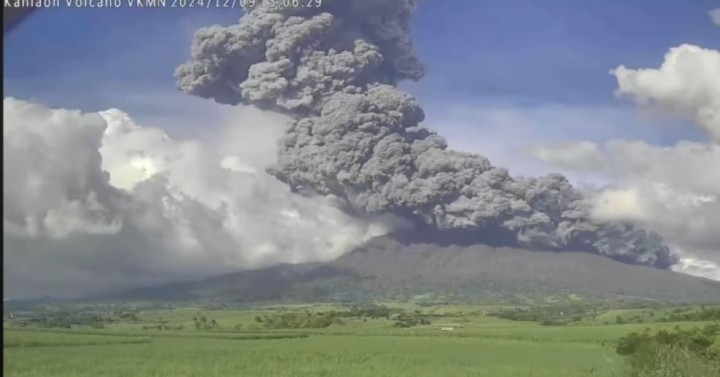


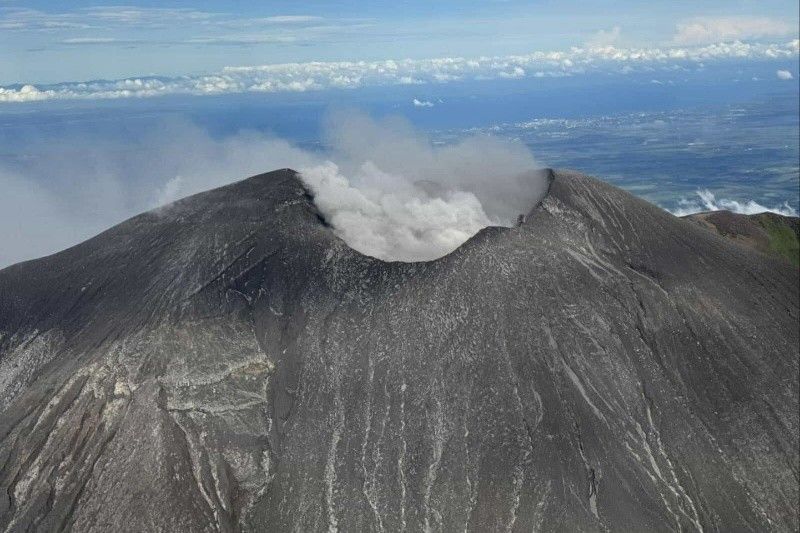





















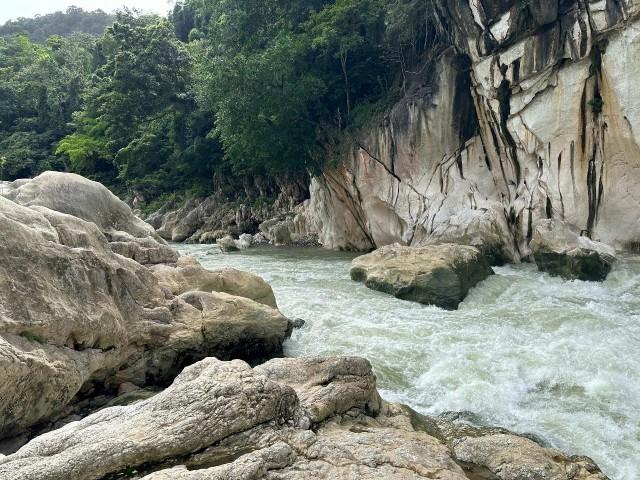
















.jpg)



format(webp))
format(webp))
















